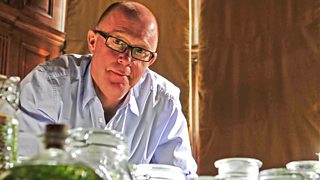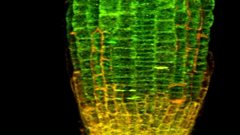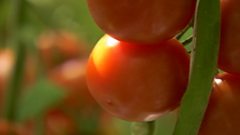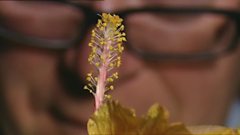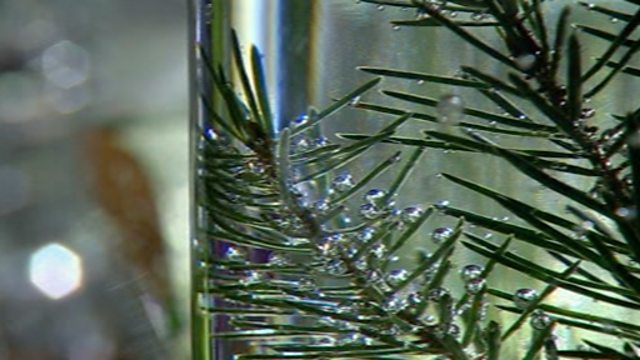
Producton of oxygen in plants
In the late 18th century, a Dutch scientist, Jan Ingenhousz, conducted a famous experiment which proved plants produced oxygen. He immersed various plants under water and observed them. He noticed that when they were placed in direct sunlight they released tiny bubbles of gas. When enough gas had accumulated in the container it was able to re-light a glowing splint, indicating the presence of oxygen. To show that it was the light energy and not the heat of sunlight which was necessary, Ingenhousz repeated the experiment with leaves placed near a fire.
Duration:
This clip is from
More clips from Photosynthesis
-
![]()
How plants are adapted to survive
Duration: 02:47
-
![]()
How commercial growers improve crop yield
Duration: 04:44
-
![]()
Van Helmont's experiments on plant growth
Duration: 03:48
-
![]()
Stomata and the absorption of carbon dioxide
Duration: 01:00
More clips from Botany: A Blooming History
-
![]()
Muriel Wheldale and complex gene interactions—Hidden World
Duration: 03:32
-
![]()
How plants are adapted to survive—Photosynthesis
Duration: 02:47
-
![]()
Thomas Fairchild - speciation and evolution—A Confusion of Names
Duration: 06:43
